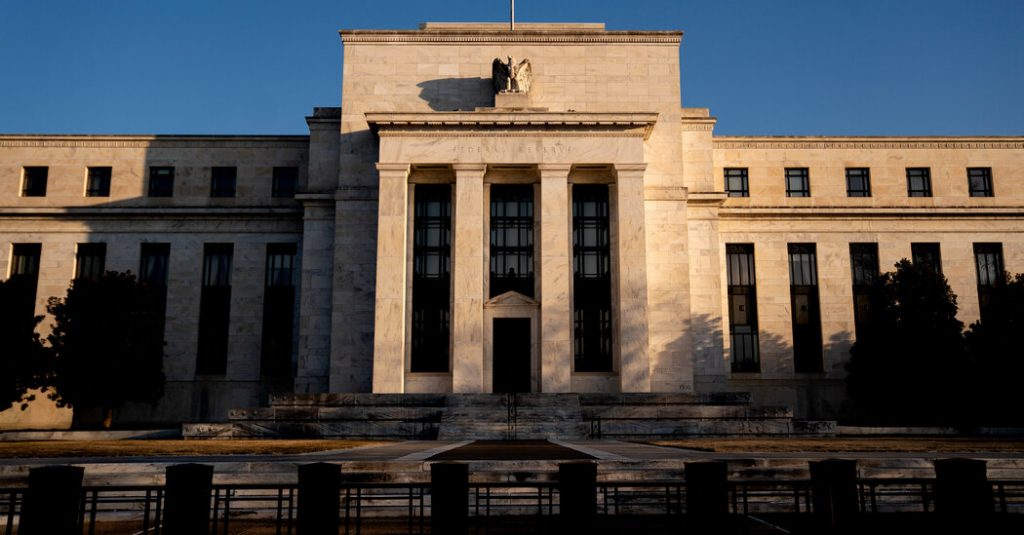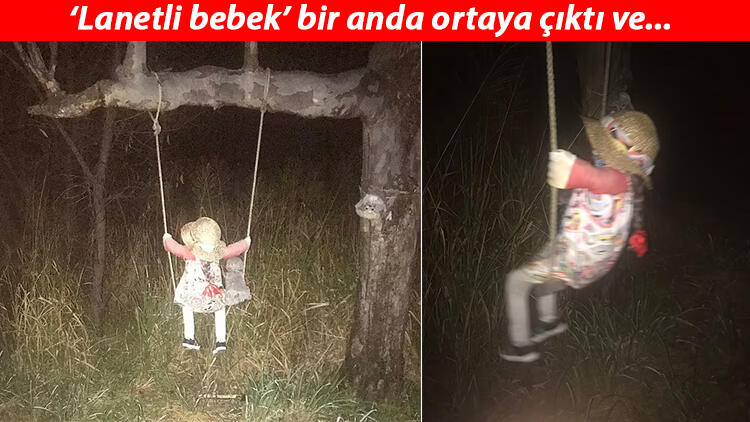Jerome H. Powell, the Federal Reserve chair, made it clear on Wednesday that his central bank wants to see further healing in the American economy before officials will consider pulling back their support by slowing government-backed bond purchases and lifting interest rates.
Mr. Powell spoke at a news conference after the Fed announced that it would leave rates near zero and continue buying bonds at a steady clip, as expected. He painted a picture of an economy bouncing back — helped by vaccines, government spending and the central bank’s own efforts.
The Fed’s post-meeting statement also portrayed a sunnier image of the American economy, which is climbing back from a sudden and severe recession caused by state and local lockdowns meant to contain the coronavirus.
“Amid progress on vaccinations and strong policy support, indicators of economic activity and employment have strengthened,” the policy-setting Federal Open Market Committee said in its release. “The ongoing public health crisis continues to weigh on the economy, and risks to the economic outlook remain.”
Yet Fed officials signaled that they were looking for more progress toward their goals of full employment and stable inflation before reconsidering their cheap-money stance. Officials made it clear that they see a recent increase in inflation, which is expected to intensify in the months to come, as likely to be short-lived rather than worrying.
And Mr. Powell was careful to avoid sounding as though he and his colleagues knew precisely what the future held. He pointed out, repeatedly, that reopening America’s giant economy from pandemic-era shutdowns was an uncharted project.
“It’s going to be a different economy,” Mr. Powell said at one point, noting that some jobs may have disappeared as employers automated. At another, he said that when it came to inflation, “we’re making our way through an unprecedented series of events.”
For now, things are looking up. After reaching a low point a year ago, employment is rebounding, consumers are spending and the outlook is increasingly optimistic as vaccines become widespread. Data that will be released on Thursday is expected to show gradual healing in the first three months of the year, which economists think will give way to rapid gains in the second quarter.
Mr. Powell pointed out that even the areas hardest hit by the virus have shown improvement, but also that risks remain.
“While the level of new cases remains concerning,” he said, “continued vaccinations should allow for a return to more normal economic conditions later this year.”
Fed officials have signaled that they will keep interest rates low and bond purchases going at the current $120 billion-per-month pace until the recovery is more complete. The Fed has said it would like to see “substantial” further progress before dialing back government-backed bond buying, a policy meant to make many kinds of borrowing cheap. The hurdle for raising rates is even higher: Officials want the economy to return to full employment and achieve 2 percent inflation, with expectations that inflation will remain higher for some time.
“A transitory rise in inflation above 2 percent this year would not meet this standard,” Mr. Powell said of the Fed’s criteria for achieving its average inflation target before raising interest rates. When it comes to bond buying, “the economy is a long way from our goals, and it is likely to take some time for substantial further progress to be achieved.”
He later said that “it is not time yet” to talk about scaling back, or “tapering,” bond purchases.
Unemployment, which peaked at 14.8 percent last April, has since declined to 6 percent. Retail spending is strong, supported by repeated government stimulus checks. Consumers have amassed a big savings stockpile over months of stay-at-home orders, so there is reason to expect that things could pick up further as the economy fully reopens.
Yet there is room for improvement. The jobless rate remains well above its 3.5 percent reading coming into the pandemic, with Black workers and those in lower-paying jobs disproportionately out of work. Some businesses have closed forever, and it remains to be seen how post-pandemic changes in daily patterns will affect others, like corporate offices and the companies that service them.
“There’s no playbook here,” said Michelle Meyer, the head of U.S. economics at Bank of America, adding that the Fed needed time to let inflation play out and the labor market heal, and that while the signs were encouraging, central bankers would only “react when they have enough evidence.”
The Fed has repeatedly said it wants to see realized improvement in economic data — not just expected healing — before it reduces its support. Based on their March economic projections, most Fed officials are penciling in interest rates near zero through at least 2023.
Still, some economists have warned that the government’s enormous spending to heal the economy from coronavirus may overdo it, sending inflation higher. If that happens, it might force the Fed to lift interest rates earlier than expected, and prominent academics have fretted that officials might prove too slow to act, hemmed in by their commitment to patience.
Markets have at times shown jitters on signs of potential inflation, concerned that it would cause the Fed to lift rates, which tends to dent stock prices.
It is true that inflation is expected to pick up this year, both mechanically as it laps very low readings from last year and because the economy is likely to experience bottlenecks as it reopens and companies have to ramp up production to keep pace. Prices could jump as shortages bite.
But Fed officials and most forecasters expect that bump to be temporary, with most predicting price increases that settle down by the end of the year or early in 2022.
Mr. Powell offered a long defense of the Fed’s approach, seeking to explain why the central bank is not concerned about the type of sustained inflation that dogged the U.S. economy in the 1970s.
“During this time of reopening, we are likely to see some upward pressure on prices,” he said. “An episode of one-time price increases as the economy reopens is not the same thing as, and is not likely to lead to, persistently higher year-over-year inflation into the future.”
He made it clear that the Fed expected both the mathematical quirks pushing inflation higher and the bottlenecks to be short-lived, although it is less certain how quickly companies will work through the latter.
“We know that our job is to achieve 2 percent inflation over time,” Mr. Powell said, drawing a clear distinction from decades ago, when officials tolerated higher prices. If inflation did pick up lastingly, “no one should doubt that in the event, we would be prepared to use our tools.”
The central bank wants to average 2 percent inflation over time — and has in fact spent years trying to coax tepid price gains higher. They have weakened across many advanced economies, leaving monetary policymakers with less room to cut their inflation-inclusive interest rates in bad times.
“It’s the Fed being future-oriented, not the market, right now,” Nela Richardson, the chief economist at the payroll service and data company ADP, said before the Fed’s release, noting that the economy has changed relative to decades past and the central bank has kept that in mind.
“Slower growth, less risk of inflation for full employment, that’s what the Fed is seeing beyond the summer surge,” Ms. Richardson said.
Ella Koeze contributed reporting.


